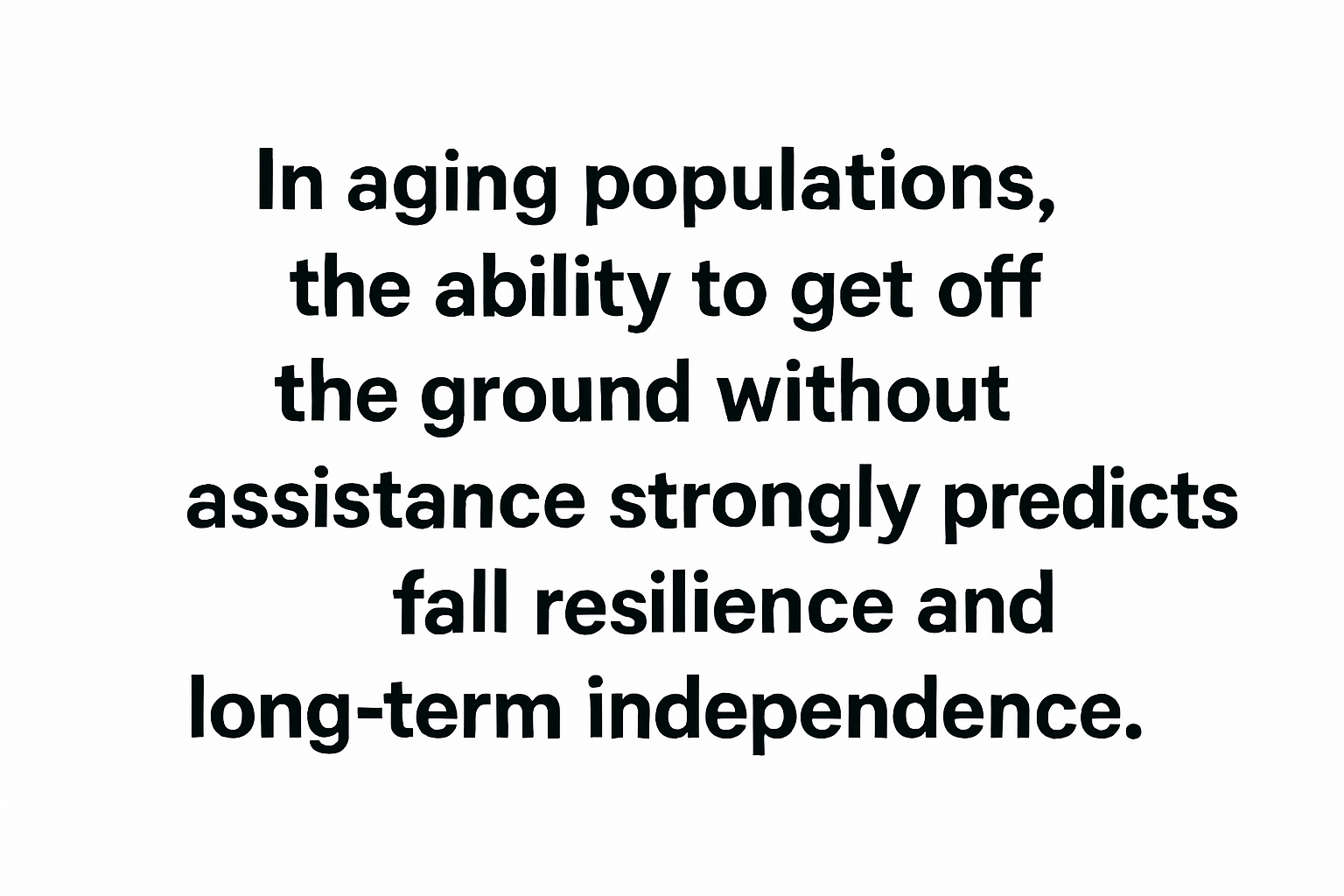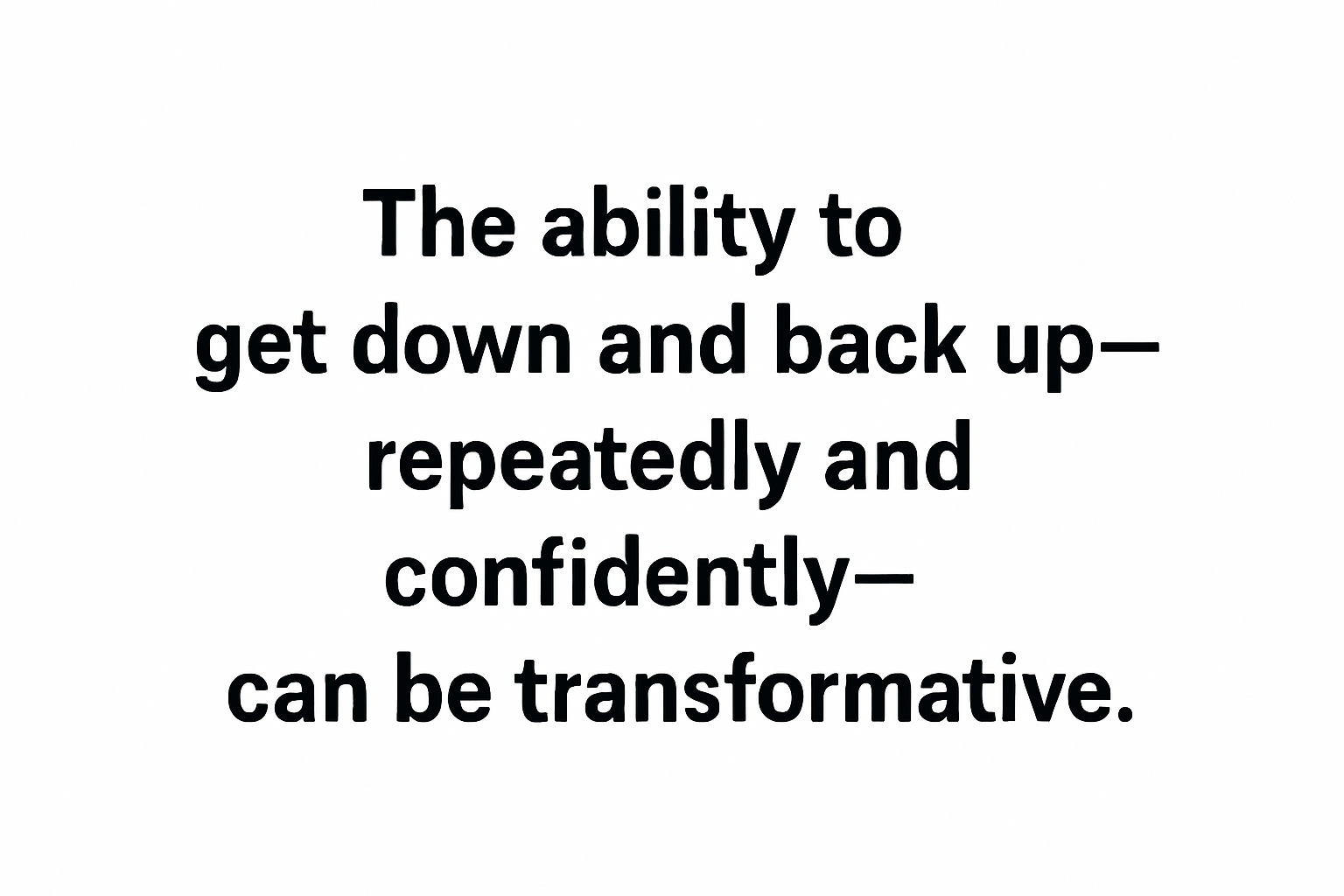Few exercises inspire such passionate opinions—both love and hate—as the burpee. For some, it's a badge of honor, a gritty test of toughness and grit. For others, it's a lazy catch-all programmed by coaches lacking creativity. Few movements have been so widely implemented across fitness landscapes—CrossFit, bootcamps, military training—yet so widely vilified, particularly in elite performance and rehab circles.
One of the most well-known critics is strength coach Mike Boyle, who has called burpees "the most dangerous exercise in the gym" and claimed, “the only reason people use burpees is because they ran out of ideas.” For Boyle, the burpee represents unnecessary spinal flexion, poor movement quality, and mindless fatigue. His criticisms are not without merit—when programmed poorly, the burpee can be an absolute mess.
But that’s the point: like any exercise, the burpee is only as good—or as bad—as its execution and intent. Demonizing the burpee wholesale ignores its foundational value as a skill we should all aspire to maintain—the ability to get from the ground to standing with power, rhythm, and flow.
What Is a Burpee, Really?
Strip away the reps, the speed, the no-pain-no-gain narrative, and what is a burpee? It’s a transition. A journey from the ground (prone) to a vertical stance, potentially with a jump or hop to complete the motion.
In other words, the burpee is a full-body locomotor skill. It’s not just about fitness—it’s about function.
In real life, the ability to move from the floor to standing is a foundational marker of independence. In sports, this sequence is critical: think about a downed athlete getting back into play, or a BJJ practitioner scrambling from bottom to top position. In aging populations, the ability to get off the ground without assistance strongly predicts fall resilience and long-term independence.
So yes, elite athletes might “graduate” from burpees to more specialized movements. And yes, not everyone needs to do high-volume burpees for conditioning. But if you remove ego, what’s left is a movement we should all respect—and protect.
The Problem Isn’t the Burpee. It’s the Programming.
When Boyle and others critique the burpee, their real target is often how it's programmed:
Done in high volumes with sloppy form? Dangerous.
Used as a punishment? Counterproductive.
Thrown into every circuit with no progressions? Lazy coaching.
But none of that is the burpee’s fault.
Poorly programmed squats, deadlifts, or Olympic lifts can also be dangerous and useless. That doesn’t mean we ban the movements—it means we program them better.
The burpee is no different. It’s a movement that demands coaching, scaling, and intention.
The Safe, Progressive Burpee
One of the best things about burpees is how scalable they are. You don’t need to throw your chest to the ground and explode up right away. Here’s how you can progress the movement for almost any body:
1. Elevated Burpee
Instead of going to the floor, use a bench or box. Step back and forward, keeping the spine long and the movement clean. No jump needed.
2. Step-Through vs. Jump-Through
Many people lack the hip mobility or core control to snap their legs forward underneath them. Let them step through first. Jumping can come later.
3. Slow on the Way Down, Fast on the Way Up
Teach control. Moving slowly into the plank or prone position builds awareness and strength. The upward phase can eventually become explosive—but only once the foundation is laid.
4. Power vs. Flow
Burpees can be used to build power—think fast, crisp transitions, a powerful jump, and a sharp landing. Or they can be a rhythmic flow, focusing on breath, coordination, and grace. Both versions are useful, depending on the training goal.
In this way, the burpee becomes a movement practice, not just a conditioning tool. When progressed properly, it’s no more dangerous than a get-up, a squat, or a push-up.
The Ability to Rise Isn’t Universal
One of the reasons burpees get a bad rap is that many of the people programming or critiquing them take for granted the ability to transition off the ground. But not everyone has that luxury.
For someone recovering from injury, building back from illness, or aging with grace, the ability to get down and back up—repeatedly and confidently—can be transformative.
It’s easy to criticize burpees when you’ve been pain-free for decades. But ask someone who has struggled to get off the floor after a fall, or who has felt trapped in their body due to immobility, and you’ll hear something different: getting up is a gift.
By integrating functional floor-to-stand transitions in your training—whether through Turkish get-ups, crawls, or burpees—you’re investing in your capacity to move through the world autonomously.
Burpees might look like punishment to some. But to others, they represent freedom.
When Burpees Belong (and When They Don’t)
Burpees aren't for everyone, and they aren't for every program. Here’s when they can work:
✅ General conditioning for recreational athletes and general population clients
✅ GPP (General Physical Preparedness) phases for athletes
✅ Bodyweight circuits for home workouts or travel
✅ Warm-ups or movement prep, when done with control
✅ Resilience training—building the ability to recover from the ground quickly
But here’s when they don’t make sense:
❌ As punishment
❌ In high-volume circuits for beginners with poor movement capacity
❌ For clients with acute shoulder, wrist, or spinal issues (without proper modifications)
❌ As the default "intensity booster" in lazy program design
Burpees are a tool. A powerful one. But not the only one.
Final Thoughts: Honor the Movement
The burpee may not be trendy, sexy, or biomechanically pristine—but it represents something fundamental. It’s a microcosm of athleticism: core control, mobility, coordination, timing, and intent. It can be a sprint or a dance. It can build work capacity or body awareness.
The fitness world doesn’t need to love burpees. But it should respect them.
Instead of asking whether burpees are “good” or “bad,” ask better questions:
Is this person ready for the movement?
What is the desired outcome?
How can I scale this to build skill and confidence?
If you can go from the floor to standing with ease, speed, and control, you’ve built something worth keeping. And if you’ve ever lost that ability, you know just how precious it is.
Burpees aren’t just a workout. They’re a celebration of your ability to rise.


